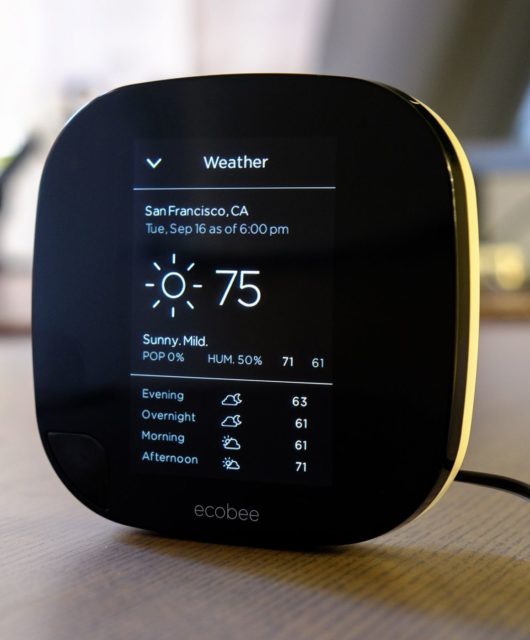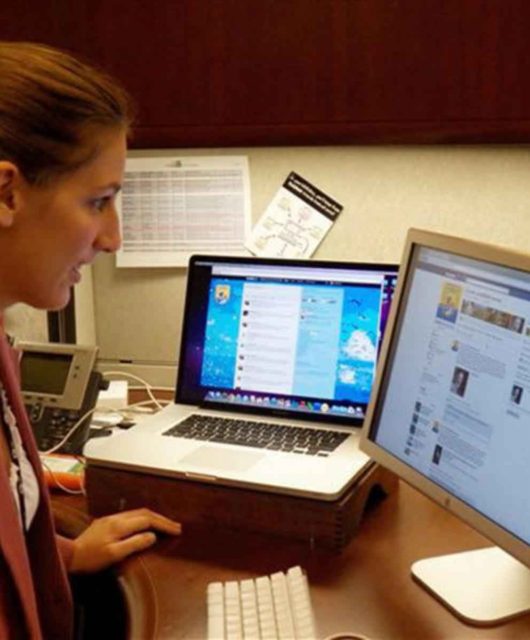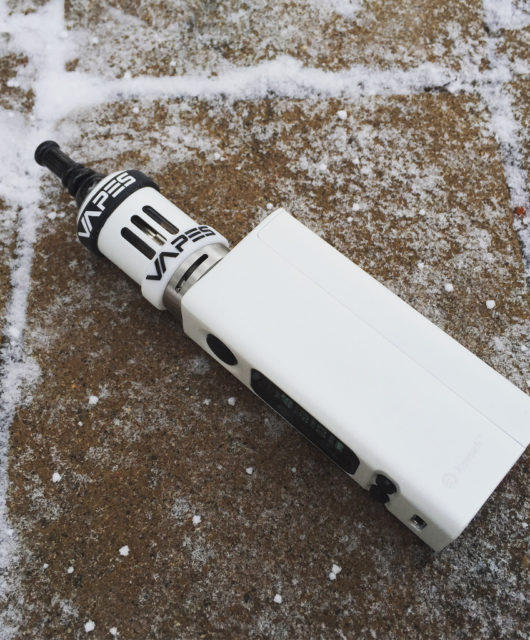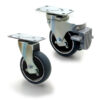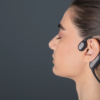According to Business Expert: The Era of The Cloud’s Total Dominance Is Drawing to A Close
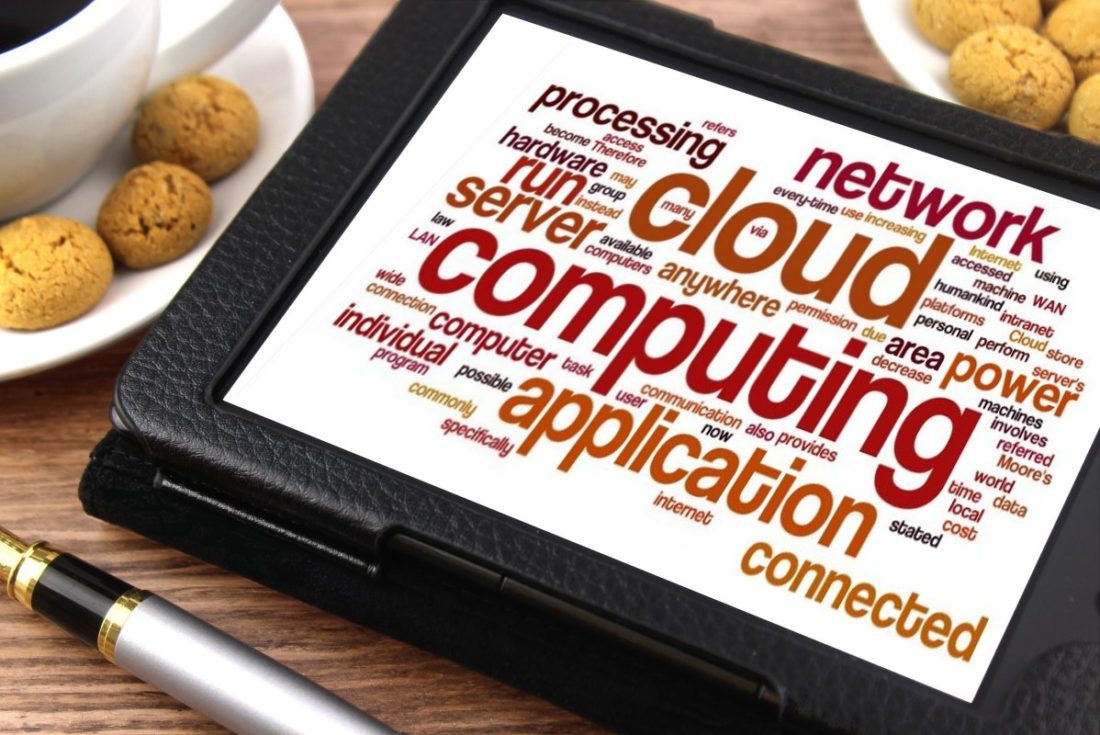
There’s no doubt that innovators of the cloud raked in fortunes and constructed large cloud businesses while everyone was droning on about how the cloud would never attain widespread dominance.
When Amazon introduced Amazon Web Services (AWS) in 2006, the Ecommerce-titan-turned-cloud-company had an annual revenue of $10.7 billion. That number rose to $136 billion in 2016. A whopping 1,271% growth in revenue in 10 years! That says something about how far cloud has come since then. But does this dominance have a longstanding future? Right now, many experts doubt it.
Fasten your seatbelts folks, because the era of cloud computing’s massive data centres is about to be fishtailed by the age of self-driving cars and connected devices. Cars will be chatting with each other soon; some devices are already doing just that. Where will cloud be then?
Connected devices are like digital hoovers now, sucking in information through their clutch of sensors and sending it back to their source for analysis. According to Nikolaj Hviid, CEO of Bragi, “These devices are getting smarter as they are used.” Bragi is a German startup company whose wireless earbuds collect data such as the wearer’s vital signs and analyse them locally.
These earbuds represent the future of a tech-tonic shift in the technology industry. For the past decade, computing has been chalked up to the “cloud”, causing organisations to build networks of giant server farms. However, the pendulum is beginning to swing.
Stephen, a technical consultant at Iomart says that computing is reverting to the edge of native networks and smart devices. “As with the revolution of cloud back in the early 2010s, the age of connected devices will bring significant disruption to the tech industry,” says Stephen.
This is true. Many upcoming businesses will ride the wave of new trends, and so will established companies such as hardware manufacturers. But the real battle will be for total control of the edge, specifically, which companies will be leaders in the business of “internet of things” (IoT)- the common buzzword for connected devices.
Will AWS, Microsoft and other giants of the cloud service industry extend their services? Or will edge be limited to a separate set of new companies, including manufacturers of plant machinery and other equipment?
A historical beginning and a new dawn
Since the 1950, when it came to fore, commercial computing has swung between centralization and decentralization. It wasn’t until the mid-1970s that they were kept in mainframe systems. The spread out again in the 1980s – 1990s when machines began to grow more compact (the PC). The emergence of cloud in 2000s saw them revert to a more centralised structure. In this age of smart devices, it is going to be re-distributed again. Each era pushing forth a dawn of new firms.
The advancement of technology is seeing computing take up a more distributed structure. Devices set up at the edge; from tablets to machine-learning AI on the floors of retail shops, our smart devices are growing smarter. And when that happens, it will leave little space for cloud to maintain its dominance in computing. But we can only wait and see, the future will prove itself.

